Recapping one phenomenal journey down Route 66
- Written by Dan Heyman
- Published in News
- font size decrease font size increase font size
- Be the first to comment!
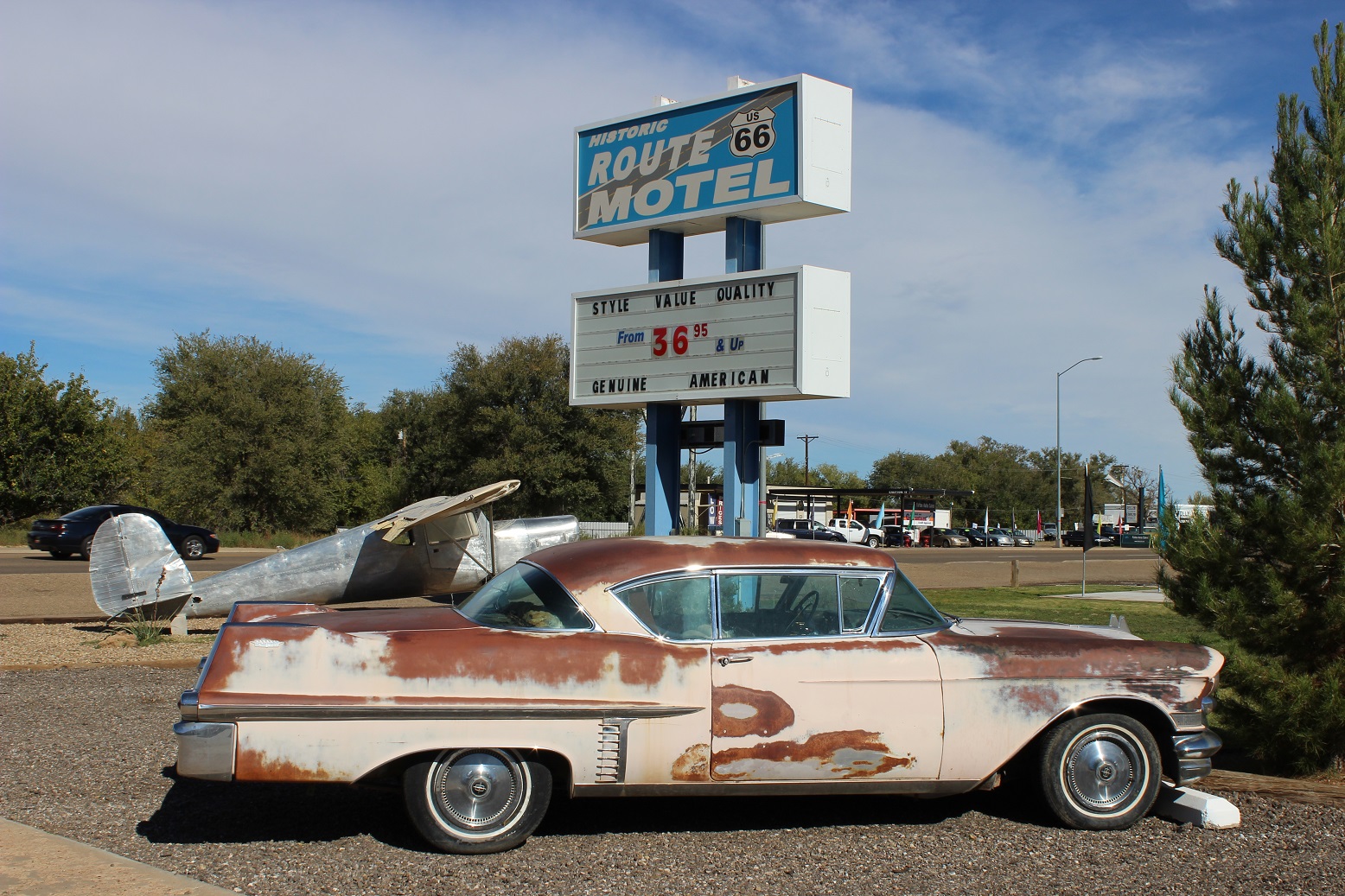
For me, Route 66 kind of had this aura about it. I always had this image of a road that somehow didn’t exist on the ground, but hovered just above it. It was the road that allowed you to easily cross state lines, it was the road the Okies used to escape the Dust Bowl in the ‘30s in International trucks (you can see one at the Route 66 museum in Clinton, OK); it was the road that connected America for the first time.
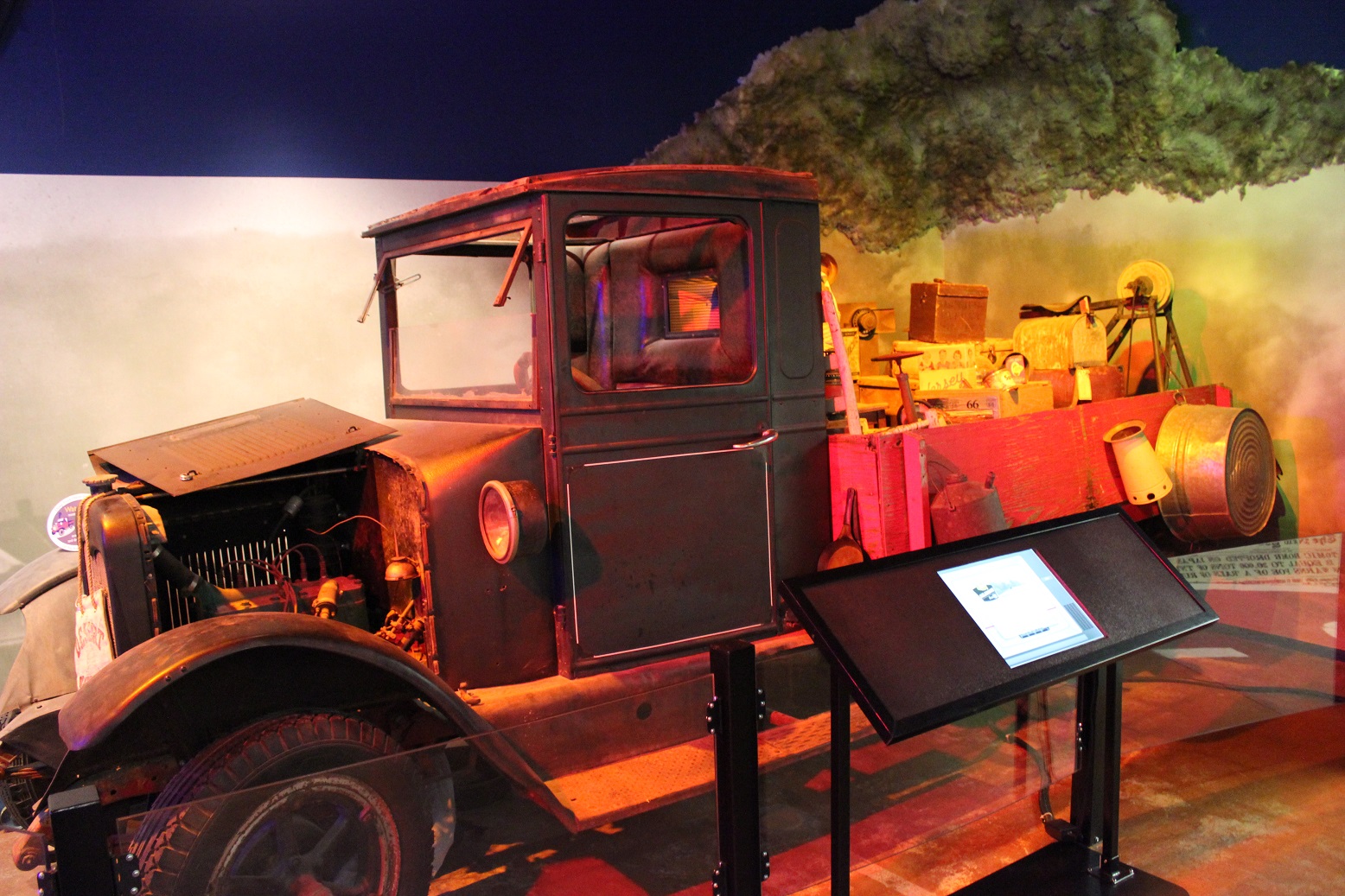
Actually, that is right, but not necessarily for the reasons described above.
Oh, the road sits on the ground, all right. In fact, it so “on the ground” in places that it’s a part of the ground, overgrown by weeds growing through the cracks in its Portland Cement.
That being said, there are still areas where the original tarmac can be driven upon (“original” being a bit of a loose term in this instance, since there have been three “alignments” of Route 66 since its inception with deviations reaching into the miles as opposed to metres); there are even places, like just outside of Hooker, MO, where the road actually runs dual-carriageway style. Yes, each lane is a little narrower than what you’ll see on the I-40 nearby, but you get the gist.
It’s instances like these that really start to bring the Route 66 experience into focus. More so than just an exploratory journey into a time capsule, it’s the mix of classic and modern that really hit home, again and again.
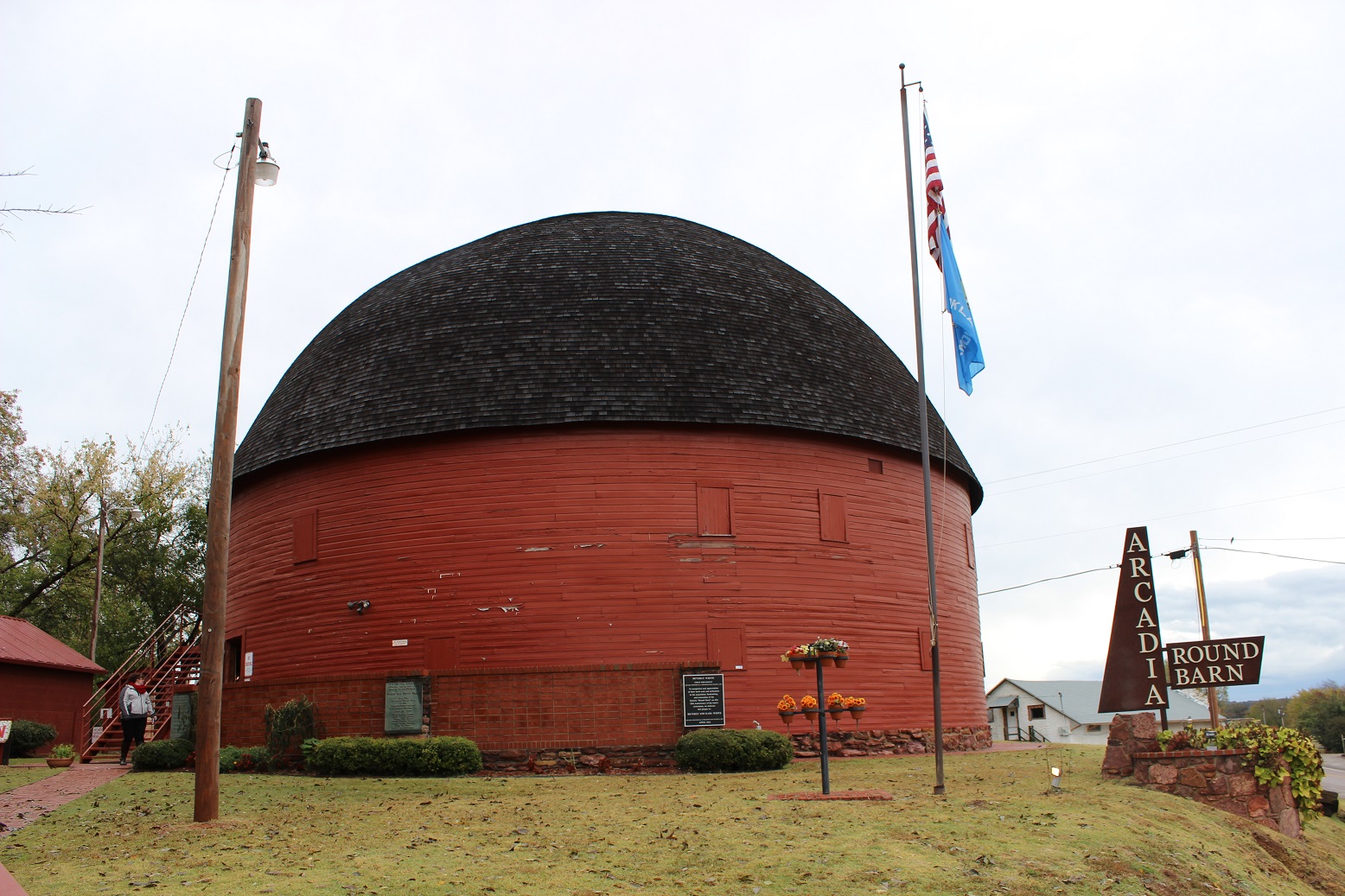
But you want to remember the good 'ol days. I wasn’t around for them, but like a good old race car, there’s just something so nice and pastoral about the whole thing.
That’s why it’s so bittersweet when you come across the old Whiting Bros. gas station in Moriarty, NM. This was a massive chain of gas stations in the 1900s-1970s, but even something that big wasn’t immune to the takeover of the interstate system. But oh, is it ever spectacular to behold!
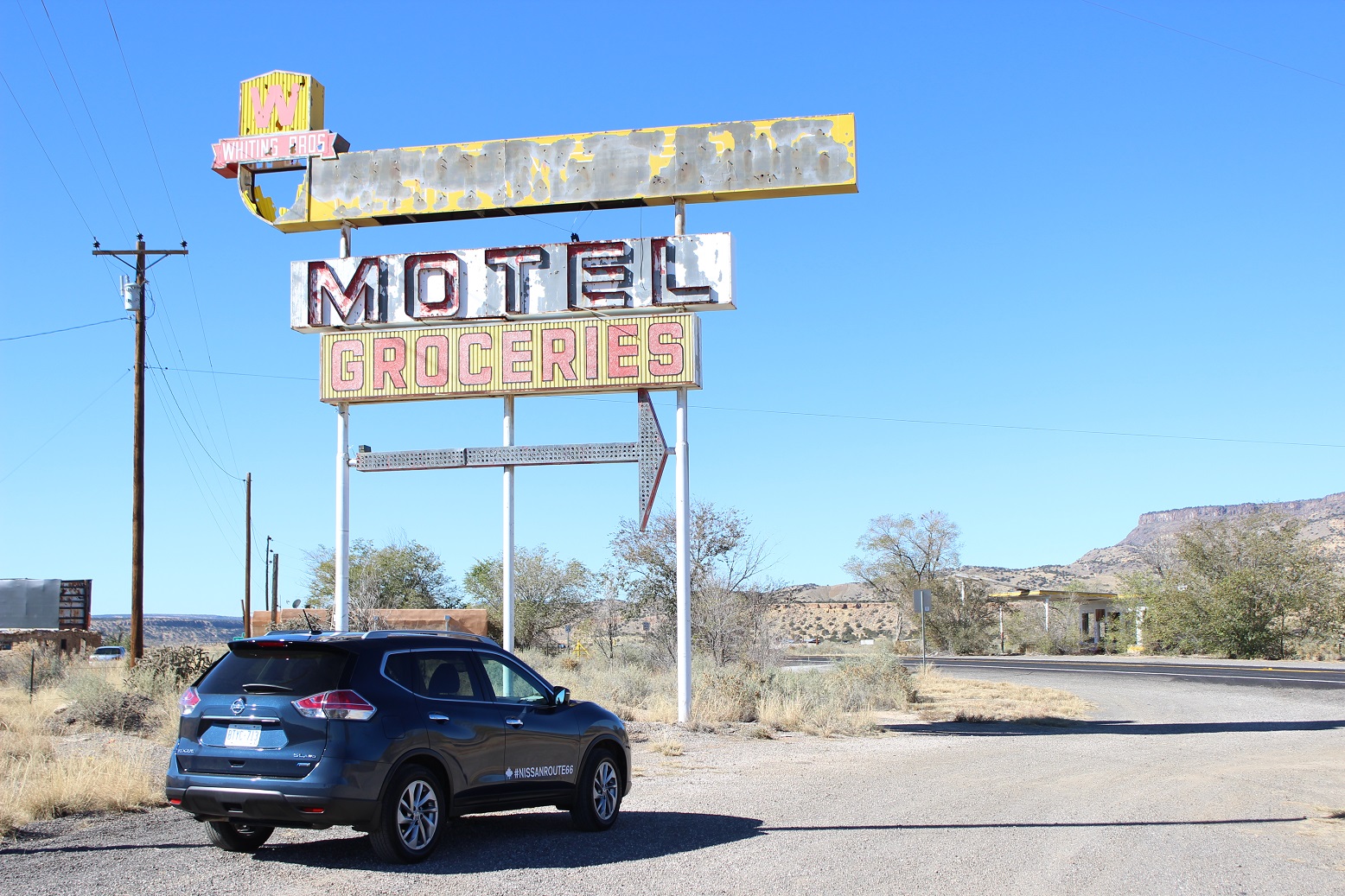
I usually associate the term “ruin” with something I’d see in Rome, but the remains of gas stations, hotels and car dealers that litter the route are equally deserving of the term. Heck, there are entire truck stops that remain—you can still see the bathrooms, the gas station, the car wash and the inn—and if that’s not worthy of the “ruin” term, I’m not sure what is.
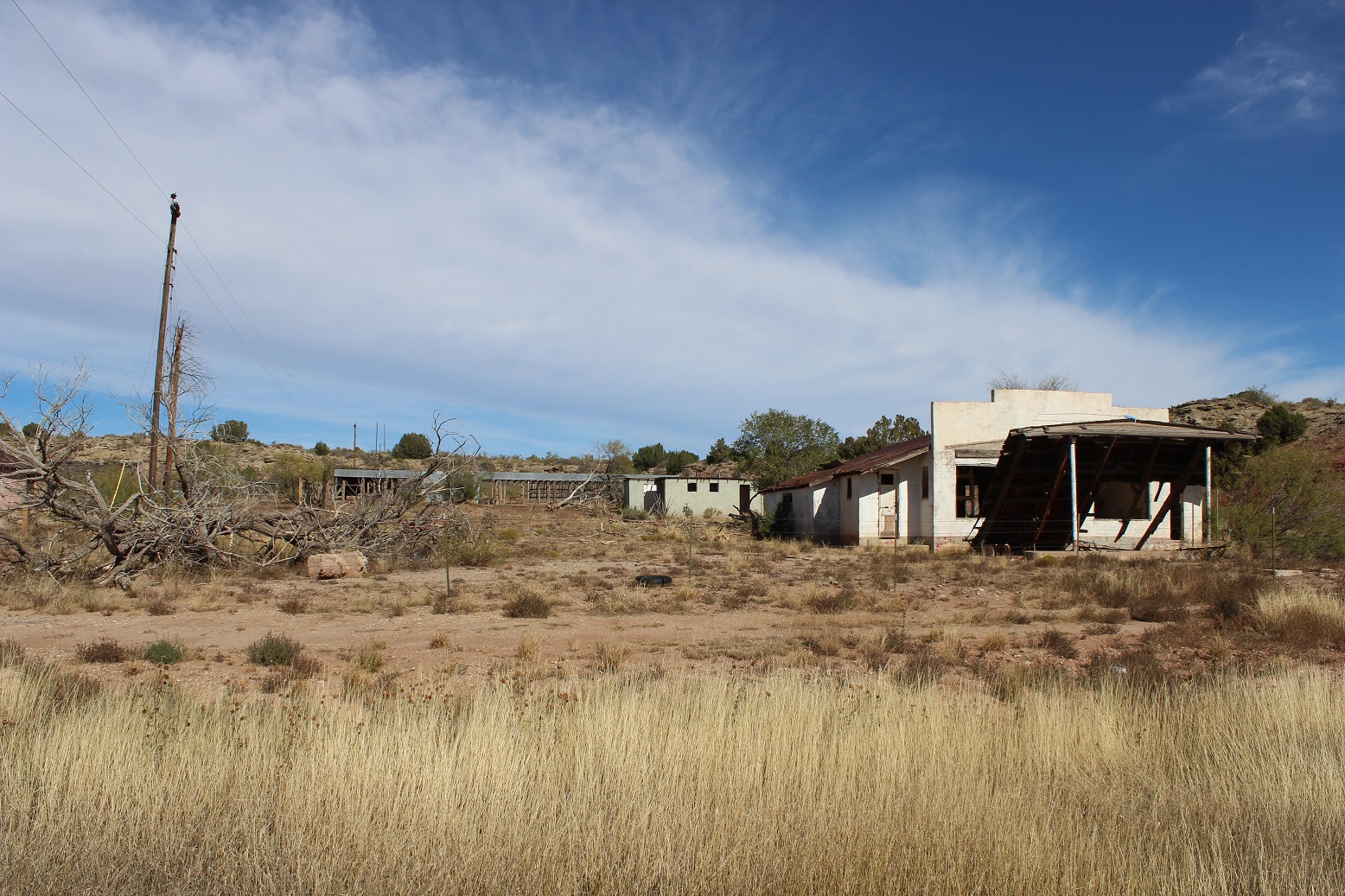
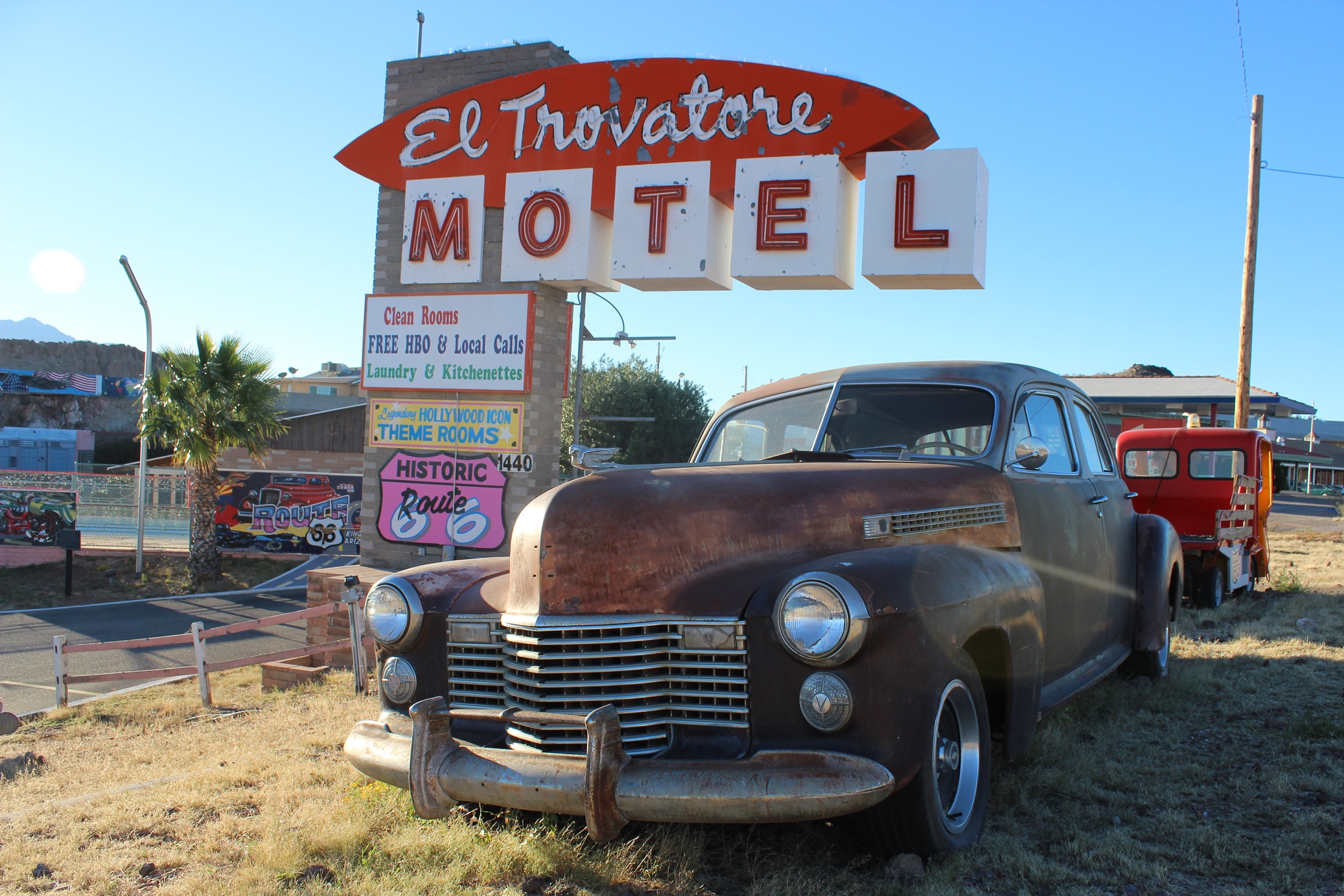
If I didn’t know the history, that’s exactly what I’d think. What’s so great about this, however, is that thanks to the conditions of the various landmarks and cars along the route, you really are placed right there in the golden era of motoring.
And that, dear readers, is worth its weight in Portland Cement.
Our steeds
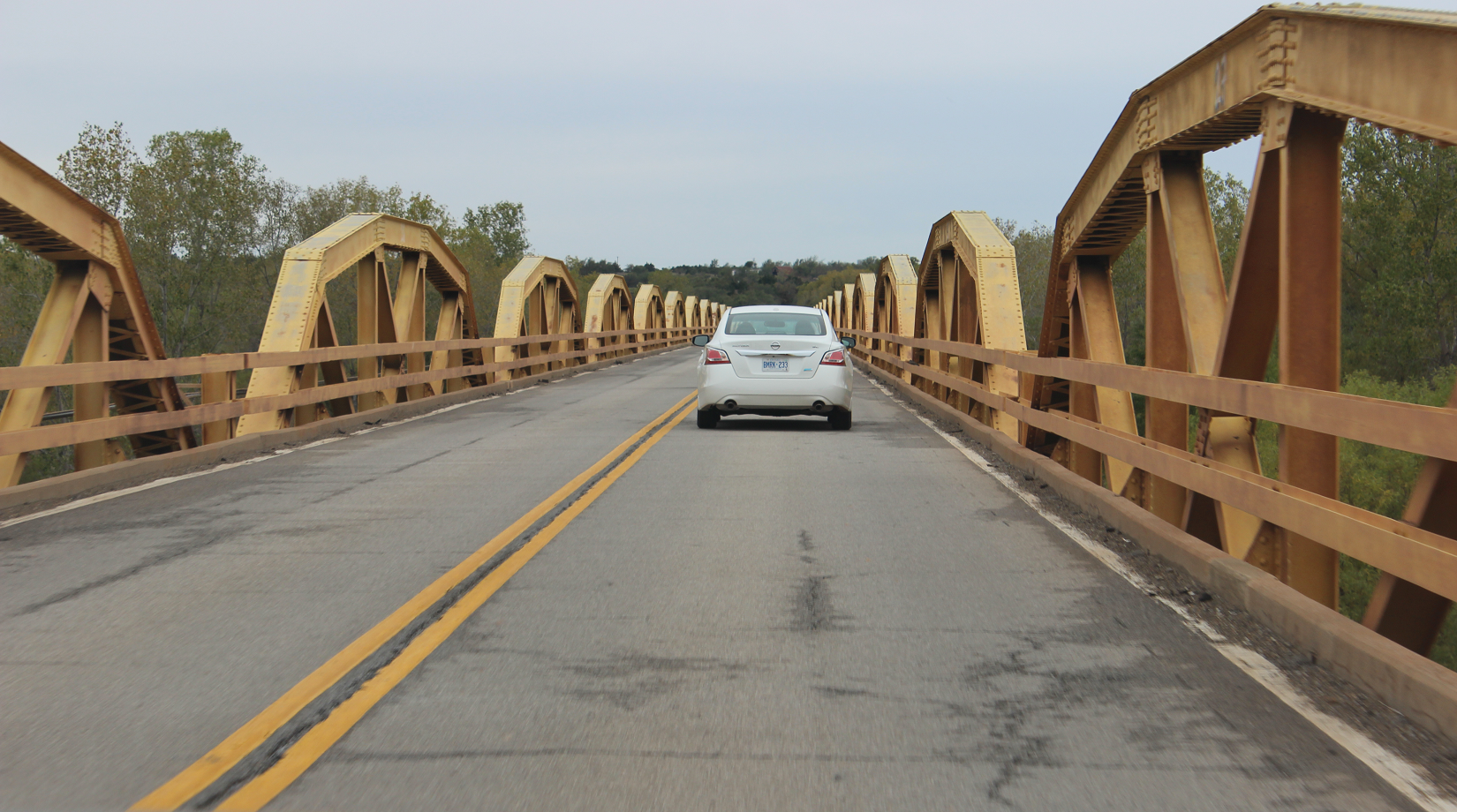
We pretty much split time between the Nissan Altima sedan and Rogue crossover, and while they may not be the first cars that jump to mind when considering the type of trip we were on (I always saw myself driving a ’57 Chevy Bel-Air, or maybe a modern Mustang), but they were up to the task.
Said Mustang may have the performance and Americana creds, but it’s not as comfortable as these.
Thanks to the smooth progress allowed by the Continuously Variable Automatic transmissions in each car, the NASA-developed “Zero Gravity Seats” and pliant suspension systems, we’d reach our destination (in Williams, AZ. Or Cuba, MO. Or Amarillo, TX. Or…) without feeling exhausted. Some of these journeys were upwards of 600 kilometres long.
The CVTs also help with fuel economy, and we never went over 9L/100Km in either vehicle; even the Rogue with its AWD system would tick the pumps at 8.7L/100km; the Altima, for its part, wins the fuel economy sweepstakes, with some of our group registering as low as 6.4L per. That’s after carrying 2-3 adults and their gear, with A/C or seat warmers working and sat radios blaring. Not bad. Not bad at all.
